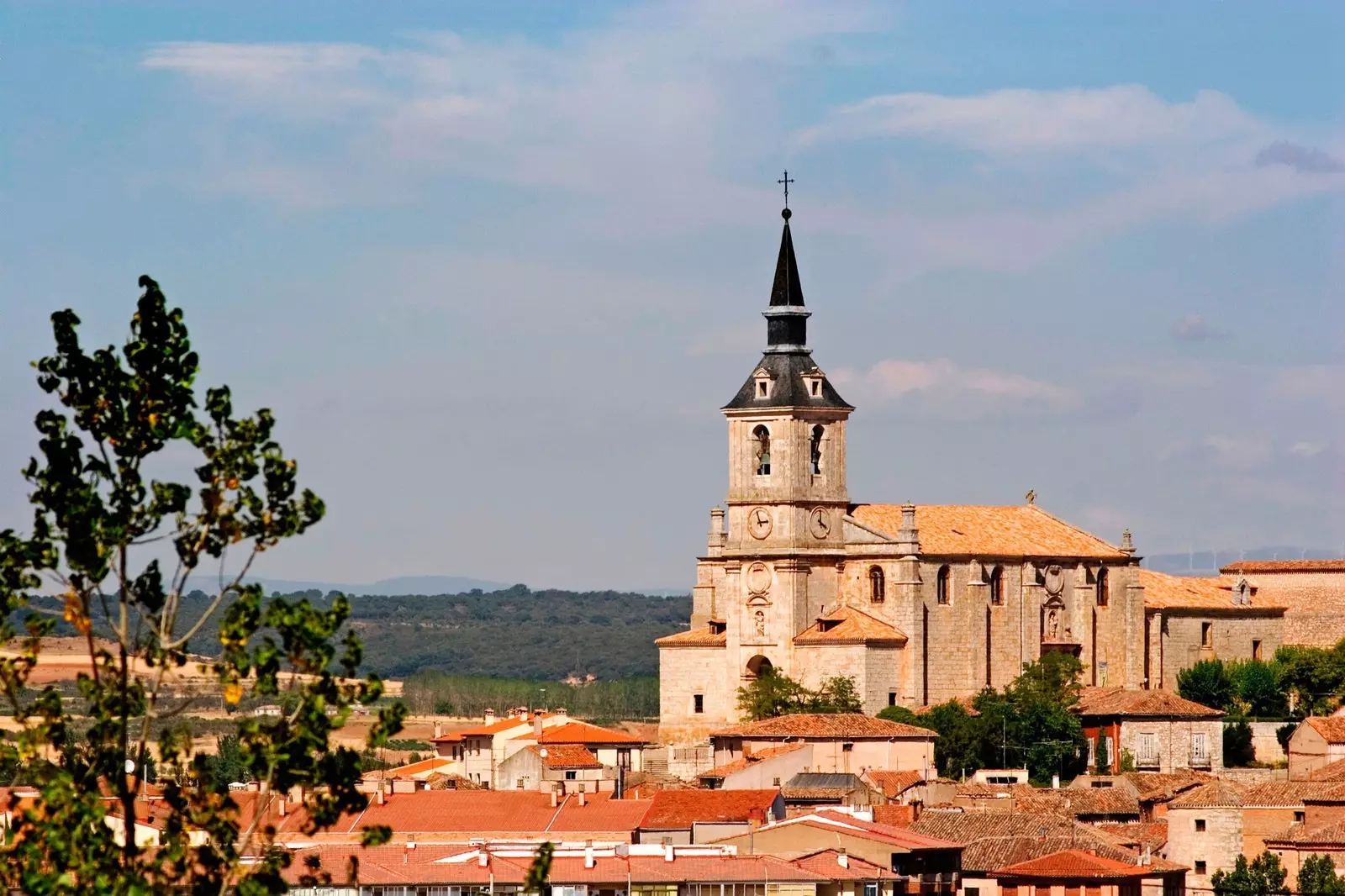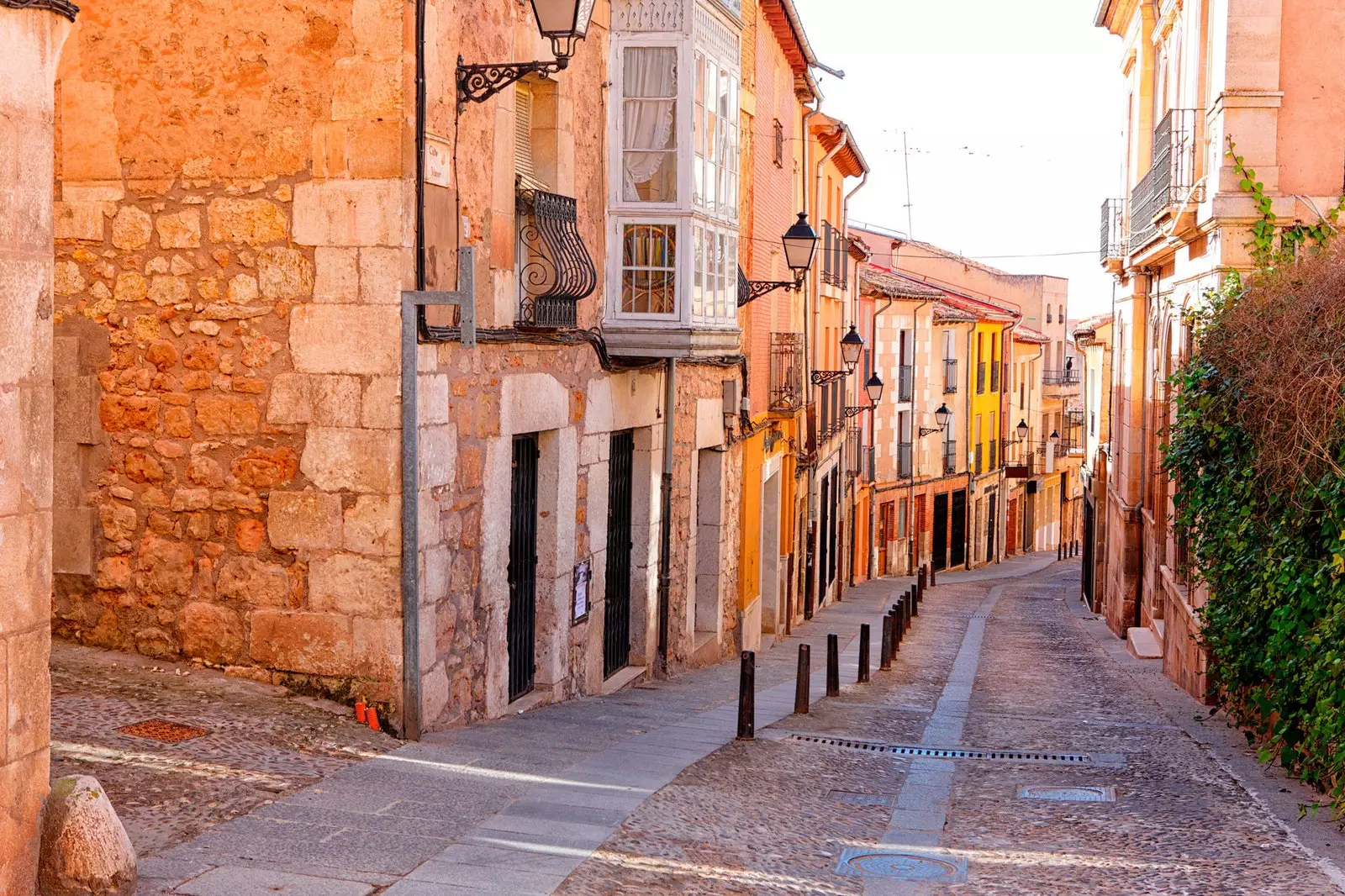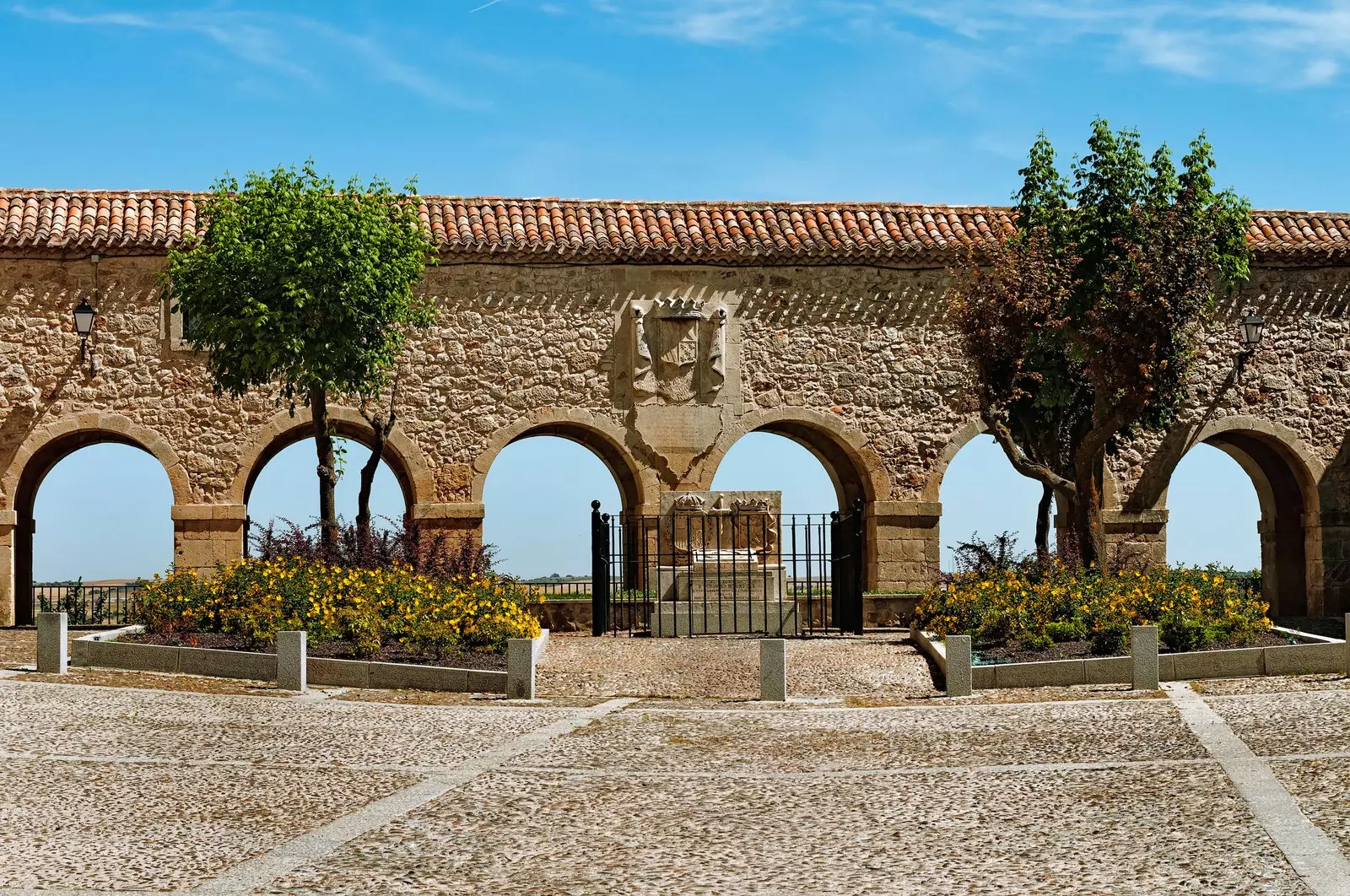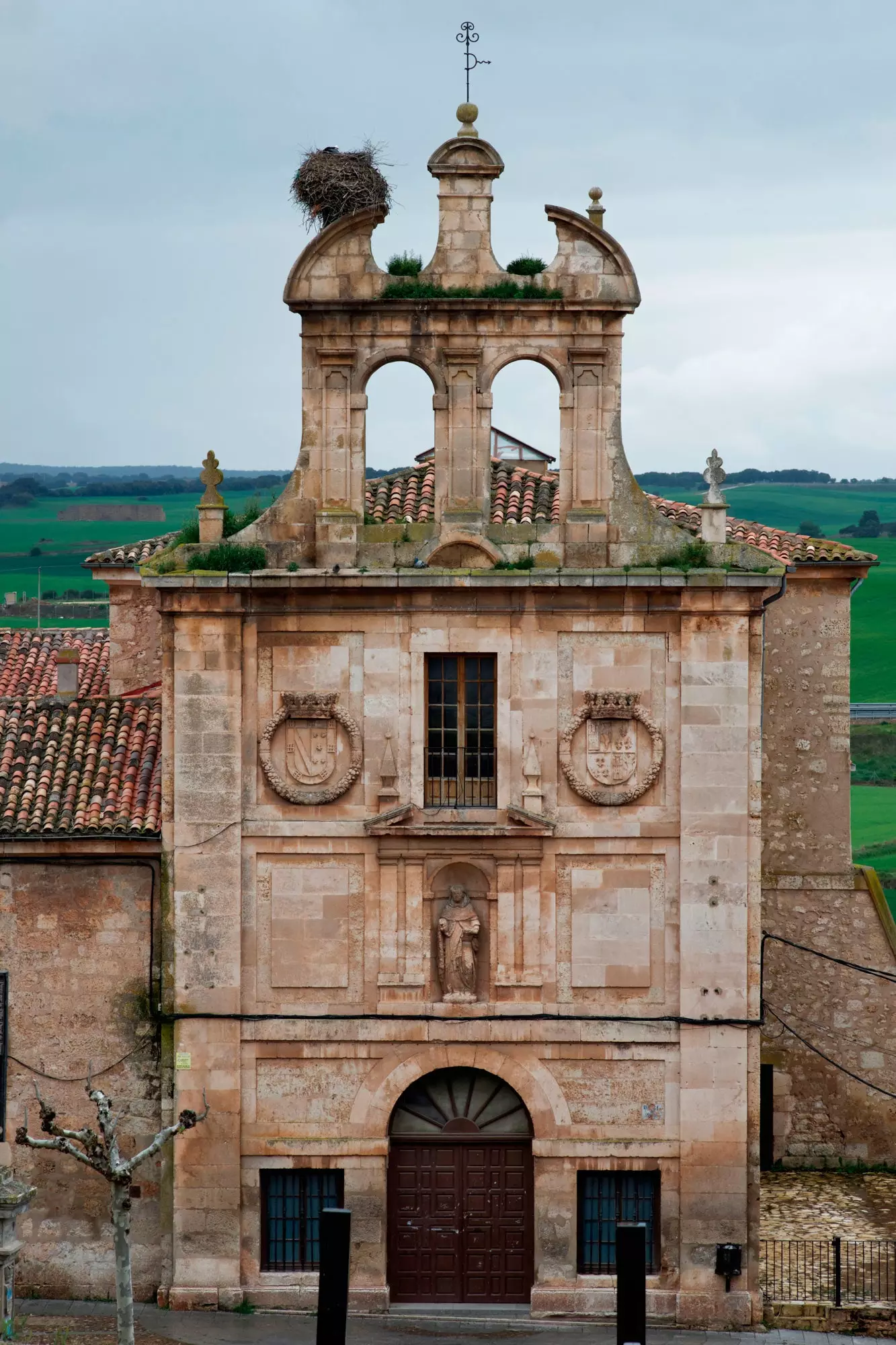
Lerma, the ducal city that put the king in check
The people of Burgos feel very proud to have four of their municipalities within the famous club of Most beautiful villages in Spain. Beautiful towns has many and traveling to Burgos is always a success for those looking for a getaway without too much noise, to places where they can rediscover history and the treasures of our heritage, to natural corners where you can breathe and eat without hesitation.
One of those unique jewels that Burgos has is the town of Lerma, champion of sobriety in taste and character, conceived as a whim and as such a whim it has been wanted to preserve. Home to writers and nobles, it appeared as a village on the banks of the Arlanza River, a town through which different cultures and civilizations passed.
Lerma, after the reconquest of the Muslims, suffered the ambition of different lineages until it fell into the hands of Don Francisco Gomez de Sandoval at the end of the 16th century, which became the first Duke of Lerma and wanted to create his own court in his town.
From then on, Lerma became one of the most important towns for its proximity to the Royal House, which at that time was located in Valladolid.
The Duchy of Lerma would enjoy the influence of the Royal House, turning the town into a ducal city of power and pageantry, a recreational destination with enough assets to build a collegiate church and various convents and monasteries. Because where there was power, the clergy had to be.

Lerma, one of the most beautiful towns in Burgos and in Spain!
CITY OF CONVENTS AND GUERRILLA PRIESTS
Lerma is a walled medieval town that you have to cross up cobbled slopes where the houses smell of old wood and it gives the feeling that the clock has stopped for a few centuries. Accessing through the Jail Door , the only one that remains of the wall, you climb directly to its famous Plaza Mayor.
The Plaza Mayor de Lerma boasts of being one of the largest in our country. It has been and is the nerve center of the town and it was the place where, after being opened to the public, popular festivals, bullfighting events and the town market used to meet.
The amplitude is impressive as soon as you poke your head out of its flanks, it is clear that the last kings of the House of Austria knew how to lay out their cities.
In the square is the Doge's Palace, also known as the Palace of the Four Towers, which was ordered to be built by the First Duke of Lerma to the master Don Francisco de Mora. This imposing Herrerian palace from the 17th century is one of the city's greatest attractions, since It is also a National Parador.
It was the place where the Court of Philip III was established and it is said that It was like the "Escorial" of Valladolid. During the Civil War it was used as a prison for prisoners of war.
On the other side of the square we find the Monastery of San Blas, currently inhabited by cloistered Dominican nuns so access is restricted. Until the 19th century it was linked to the palace through a cantilevered passageway. It was occupied by the French in 1808, although part of its heritage was hidden to prevent it from falling into the hands of the invaders.
But it is not the only monastery in the town. Lerma is a true garden of monasteries and convents that have been built for more than four hundred years and that form part of its backbone.

Mirador de los Arcos, also known as Mirador del Arlanza or Balcony of the cold
The first one you have to visit is the Santa Teresa Convent (from the Plaza Mayor itself, all you have to do is follow Calle Audiencia), since it is the headquarters of the Tourist Office and the Villa de Lerma Interpretation Center. A very good option to not lose detail is to arrange a guided tour, yes, with a previous payment.
If you prefer to go on your own, follow Audiencia street until you find the Santa Clara Square. In this square is where it is the mausoleum of the priest Merino, a famous Spanish guerrilla fighter who fought the French in the War of Independence and that, despite dying in France, his remains were transferred here to be buried.
In this square we find the Convent of Santa Clara and the Collegiate Church of San Pedro, which depended directly on the Vatican under the influence of the Duke of Lerma. In front of both you have to stop at the Mirador de los Arcos, also known as Mirador del Arlanza or Balcony of the cold, one of the most instagrammable places in the city and with the best views.

City of convents and guerrilla priests
THE PARADISE OF THE LAMB
There are many options to spend the night in Lerma as it is a city well prepared for tourism. But if we have to choose without a doubt We point to the Parador Nacional because, who doesn't want to sleep in a 17th century palace?
Decorated with traditional elements, the Ducal Palace preserves the essence of the manor of yesteryear without neglecting modernity. Its restaurant is also a good option to discover local dishes with unbeatable service under vaulted ceilings that have witnessed thousands of stories.
You can visit the Ducal Palace without spending the night at the Parador, but it is highly recommended to try the experience. But if the idea is to find more suitable options, in Lerma you can spend the night in a good bouquet of rural hotels, haciendas or manor houses such as Zaguán (Barquillo, 6), a picturesque 17th-century mansion located very close to the main square.
The gastronomy of Burgos has in Lerma the word "grill" as a banner. Land of suckling lamb in wood oven and of D.O Arlanza wine, because the headquarters of the Regulatory Council is located here. Lerma is the meeting point during the weekends for Burgos residents who live in nearby towns, so restaurants and bars are usually quite crowded.
The call of the suckling lamb becomes irresistible, even more so if you get a table in the Asador de Lerma, in the same Plaza Mayor, a place where they know how to use the wood-burning oven they have inside.
The suckling lamb is simply spectacular, in its traditional clay tray, unceremoniously, very crispy on the outside and buttery on the inside. Here you also have to let yourself be seduced by beef jerky, black pudding and chorizo in wine. And with luck, the table talk can be finished on the terrace, in front of the palace. A unique experience.
Another of the great options in Lerma is undoubtedly Casa Antón (Luis Cervera, 5), a small family restaurant with checkered tablecloths and photographs wallpapering the walls. It is one of the oldest restaurants in the province of Burgos and the fame of his suckling lamb is unprecedented.
Simplicity and honesty Alejandro Tomé, alma mater of Casa Antón that makes you feel like you are in family. You have to take good account of the lamb chops, the gizzards and the homemade rice pudding that takes away the meaning.
DID YOU KNOW...
Although the ducal palaces were only allowed to raise two towers, the Lerma palace has four. This is because the Duke of Lerma asked King Philip III to build the two towers. It already had two towers so four were finally built, two by law and two "requested from the king". This was the "deception" of the Duke of Lerma.
José Zorrilla spent part of his youth in the city of Lerma. In fact, the house where he lived was for sale until a few months ago. Today, the city has paid homage to the author of Don Juan Tenorio by erecting a statue.
You can take a tour to follow in the footsteps of Zorrilla through Lerma. In it you can find verses of the writer. Ask at the Tourist Office.
In the month of August, Lerma celebrates what is called the Baroque Festival, a few days of baroque music in the Collegiate Church of San Pedro that plays its two 17th-century organs
